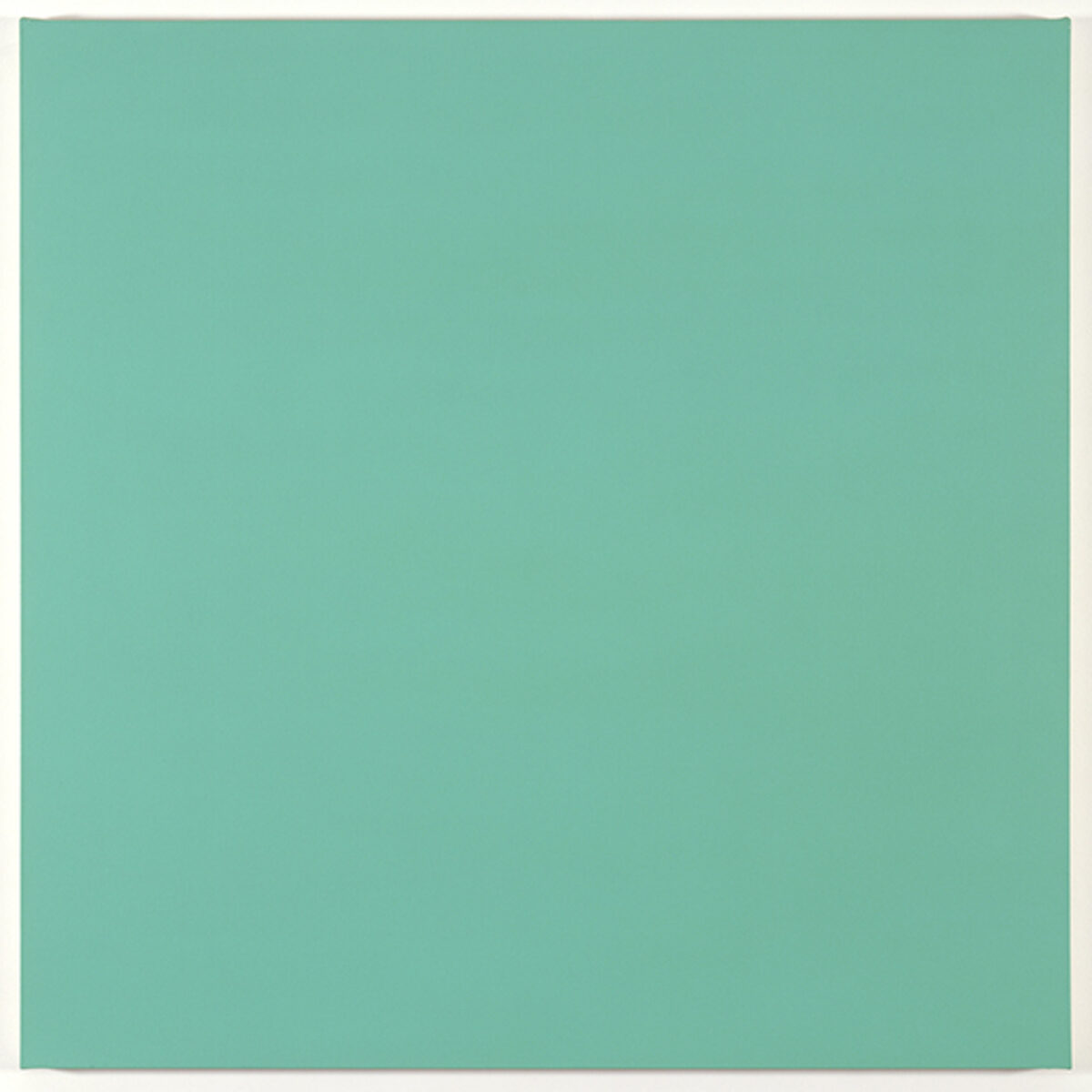Olivier Mosset
Olivier Mosset (born 1944 in Bern, Switzerland) is one of the most important, internationally renowned Swiss contemporary artists and representatives of so-called Neo-Geo art – not to mention one of its most unconventional. Mosset left school in Neuchâtel in 1962 to live in Paris for a year, during which he also spent time assisting Jean Tinguely. After graduating from school in Switzerland, he returned to Paris in 1965, where he soon came into contact with the politically active artists of the Nouveaux Réalistes movement. Together with Daniel Buren, Michel Parmentier, and Niele Toroni, he founded the group BMPT (named after their last initials). Their joint exhibition in the Salon de la Jeune Peinture in 1967 caused a scandal when, instead of art, the group had chosen to exhibit only a banner stating “Buren, Mosset, Parmentier, Toroni n’exposent pas.” Mosset had adopted the strategy of thwarting expectations of art – including the need to be original and constantly create something new – already in 1966, when he began his “Untitled” series of pictures. For the next six years, he created roughly 200 “Untitled” works – each with the same motif, same technique, and same dimensions. The work “Untitled” from 1968 is identical with the other works in this series: It shows a black ring in the dead center of a square white picture. Although each of these works is an original artwork, none are unique.
Although Mosset left BMPT in 1968, he stayed in Paris. In 1972, he began to explore the interaction of colors by creating pictures with horizontal and vertical stripes. In 1977, he moved to New York, where he became associated with Marcia Hafif and the Radical Painting scene and began working with monochrome paintings. Contrary to Hafif and Joseph Marioni, however, Mosset removed himself completely from his painting, avoiding all traces of the painterly act and continuing the same depersonalized application of paint as in his previous phases. The work “Untitled” from 1998 shows no sign of a painter's signature style: It reveals only a square canvas, evenly painted in green. Regardless of whether Mosset alters the picture’s format or the color (using silver or gold, for example), his monochromy is always free of any kind of signification. Mosset’s work is neither ideologically nor metaphorically charged; it is nothing more than the representation of the pure manifestation of color.
After already making art history in his previous three phases, in 1985 he returned to geometric painting and became a leading figure of Neo-Geo art. Neo-Geo expresses a new attitude toward life that can be compared to the spirit of optimism in the 1960s and ’70s. In its mixture of high and low – its references to trash and classical modernism – this movement has not lost any of its relevance today. As a manifestation of the current zeitgeist, it has developed into one of the many artistic approaches in postmodernism.
Elisabeth Grossmann
Although Mosset left BMPT in 1968, he stayed in Paris. In 1972, he began to explore the interaction of colors by creating pictures with horizontal and vertical stripes. In 1977, he moved to New York, where he became associated with Marcia Hafif and the Radical Painting scene and began working with monochrome paintings. Contrary to Hafif and Joseph Marioni, however, Mosset removed himself completely from his painting, avoiding all traces of the painterly act and continuing the same depersonalized application of paint as in his previous phases. The work “Untitled” from 1998 shows no sign of a painter's signature style: It reveals only a square canvas, evenly painted in green. Regardless of whether Mosset alters the picture’s format or the color (using silver or gold, for example), his monochromy is always free of any kind of signification. Mosset’s work is neither ideologically nor metaphorically charged; it is nothing more than the representation of the pure manifestation of color.
After already making art history in his previous three phases, in 1985 he returned to geometric painting and became a leading figure of Neo-Geo art. Neo-Geo expresses a new attitude toward life that can be compared to the spirit of optimism in the 1960s and ’70s. In its mixture of high and low – its references to trash and classical modernism – this movement has not lost any of its relevance today. As a manifestation of the current zeitgeist, it has developed into one of the many artistic approaches in postmodernism.
Elisabeth Grossmann
Works by Olivier Mosset

